14 Dishware Collecting Trends You Need to Know About in 2025
Dishware collecting continues to be a popular hobby in 2025, with collectors seeking out both timeless and trendy pieces. The world of dishware offers a variety of styles, from vintage sets to modern designs, each with its unique appeal. As people look to add personality to their kitchens and dining spaces, certain trends have begun to emerge. From mid-century modern to vibrant ceramics, there is something for every collector to explore. The rise of sustainable materials and eco-friendly brands is also making waves in the dishware market. Many collectors are now focusing on items that not only look beautiful but are also practical for everyday use.
This post may contain affiliate links, which helps keep this content free. Please read our disclosure for more info.
Mid-Century Modern Dishware
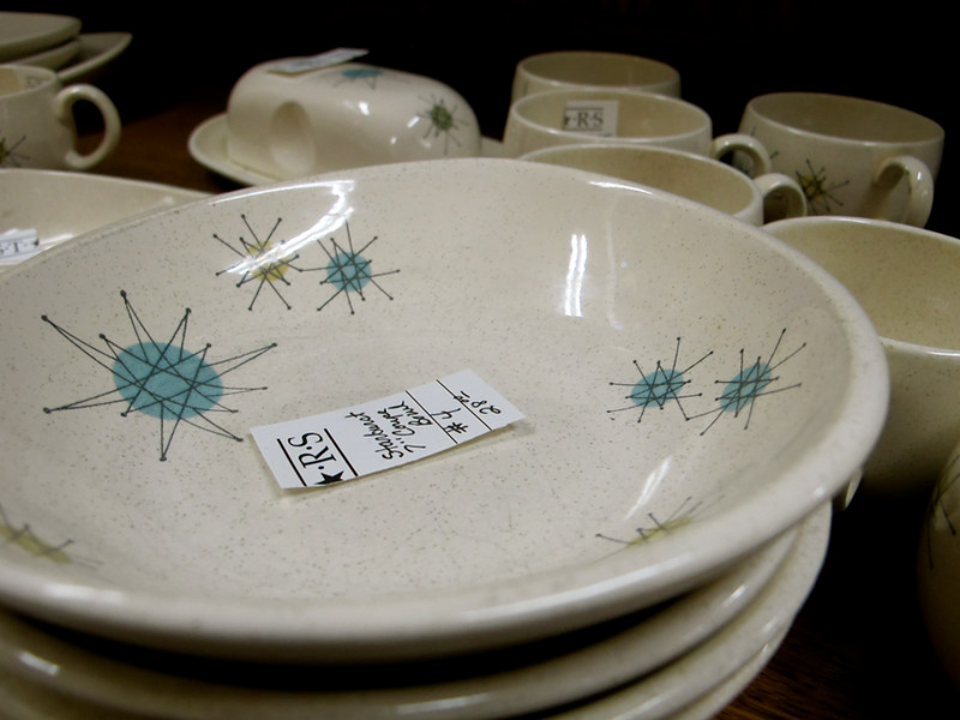
Mid-century modern dishware continues to captivate collectors with its sleek lines, minimalist design, and bold geometric patterns. The era, spanning from the late 1940s to the 1960s, has seen a resurgence in recent years, particularly for items like dinner plates, bowls, and serving platters. Collectors are drawn to the era’s emphasis on functionality alongside aesthetic appeal, making these pieces both visually interesting and practical for use in modern kitchens. Popular brands like Bauer, Hall China, and Franciscan are among the most sought-after, with many collectors specifically targeting signature designs like the “Starburst” pattern.
As for the current market value, mid-century modern dishware can vary widely depending on brand, condition, and rarity. A set of 8 Franciscan “Starburst” dinner plates can go for about $150, while rarer pieces or complete sets can fetch upwards of $500 or more. These prices reflect a growing appreciation for the style’s historical significance and timeless beauty.
Art Deco Dishware
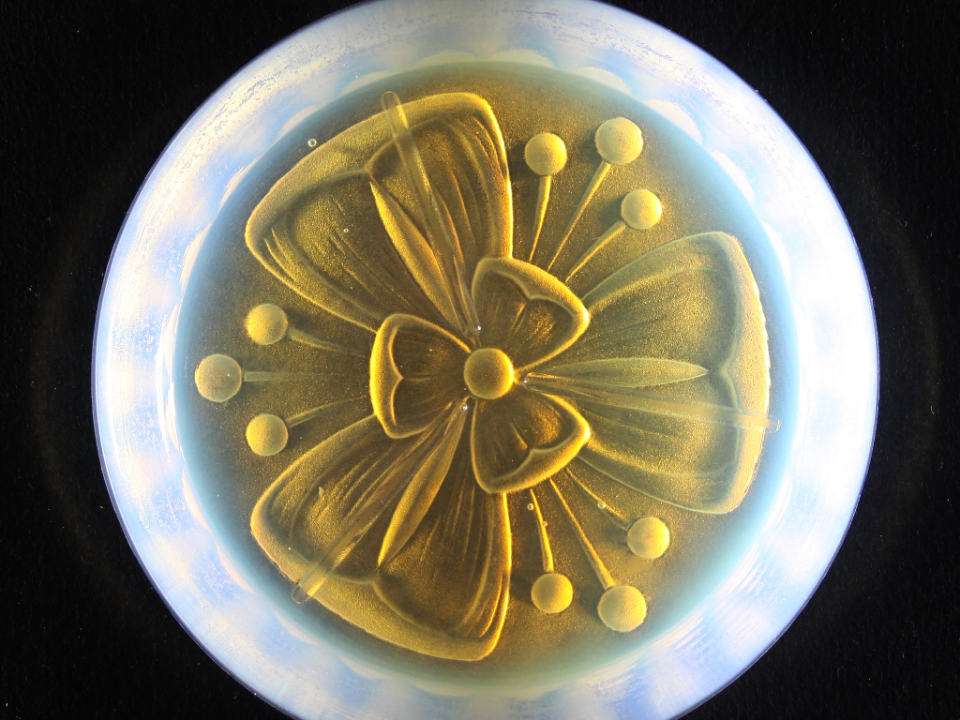
Art Deco dishware is prized for its opulence and bold aesthetic, characterized by rich colors, geometric shapes, and luxurious finishes. Originating in the 1920s and 1930s, Art Deco styles often feature materials like ceramic, glass, and chrome, all combined to create elegant, eye-catching designs. This trend in dishware collecting focuses on both the craftsmanship and the striking visual appeal of items such as dinner plates, tea sets, and bowls. Renowned companies like Lenox and Rosenthal produced stunning Art Deco dishware, with many collectors seeking out signature patterns such as geometric lines or stylized floral designs.
The market value for Art Deco dishware can vary significantly based on rarity and condition. A set of Rosenthal Art Deco plates in good condition might range from $250 to $600. Rare, high-end pieces, especially from well-known designers, can reach even higher prices, sometimes exceeding $1,000.
Vintage Pyrex
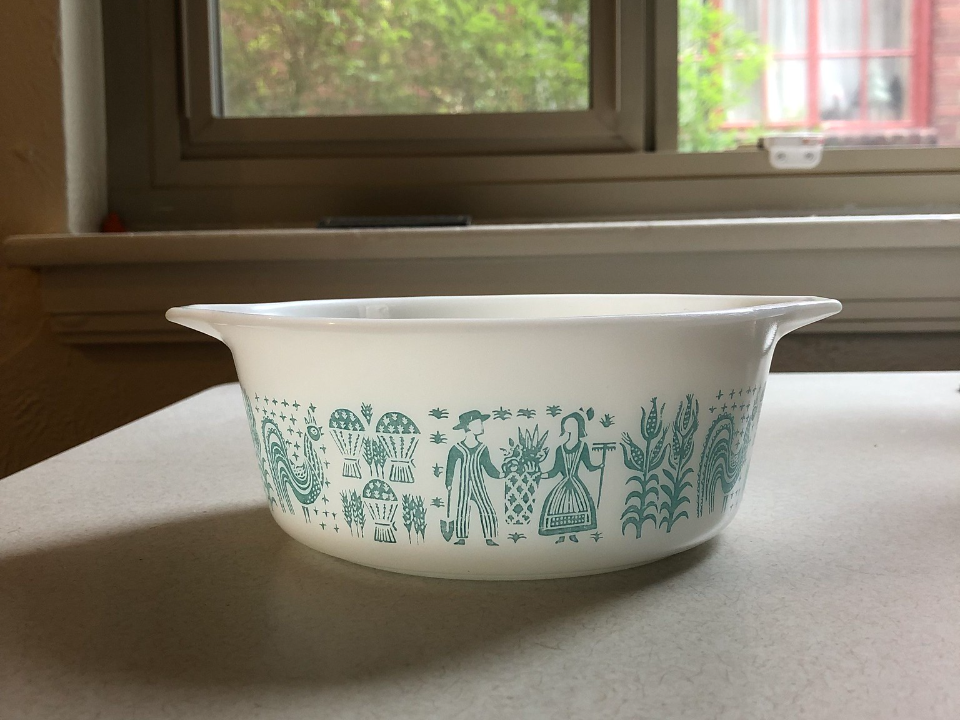
Vintage Pyrex has maintained its popularity among collectors due to its durability, nostalgic charm, and vibrant color schemes. Manufactured by the Corning Glass Works company, Pyrex dishes are known for their practicality as well as their bright, iconic patterns. Popular sets from the mid-20th century include the “Butterprint” and “Primary Colors” designs, both of which are highly sought after by collectors. Many collectors enjoy Pyrex for its ability to combine practicality with style, as these pieces often feature whimsical patterns that bring personality to the kitchen.
The current market value of vintage Pyrex varies by pattern and set. A complete set of the classic “Primary Colors” mixing bowls can sell for around $200 to $500, depending on condition and rarity. Specialty items like vintage casserole dishes and storage containers can be priced between $50 and $200, with some rare patterns reaching higher prices.
Japanese Kutani Porcelain
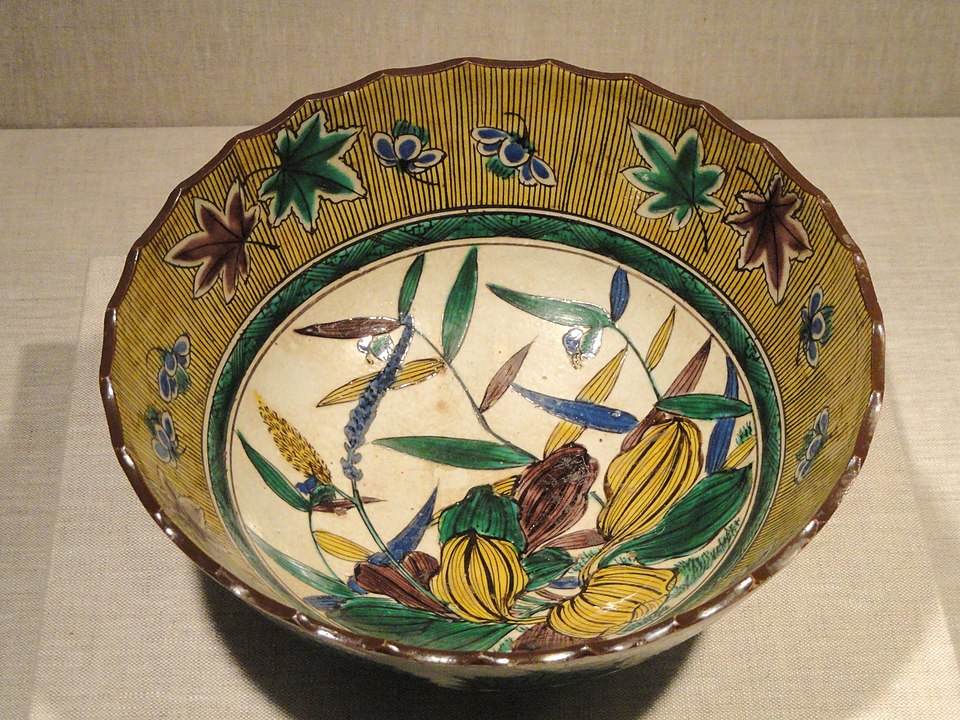
Kutani porcelain is renowned for its vibrant hand-painted designs and rich history in Japanese ceramics. Originating in the Kutani region of Japan, this style of dishware gained prominence during the Edo period (1603-1868) and is often characterized by its intricate designs and bold use of color. The dishware includes a variety of items such as tea sets, plates, and vases, each featuring detailed motifs of flowers, birds, and landscapes. Collectors appreciate the high level of artistry and craftsmanship that goes into each piece of Kutani porcelain.
Kutani porcelain can command high prices on the market due to its rarity and age. A single Kutani plate might be worth $100 to $300, while complete sets or more intricate pieces like tea sets can range from $500 to $2,000 or more. Prices depend heavily on the quality of the painting, the age of the piece, and whether it includes rare or unique design elements.
French Limoges China
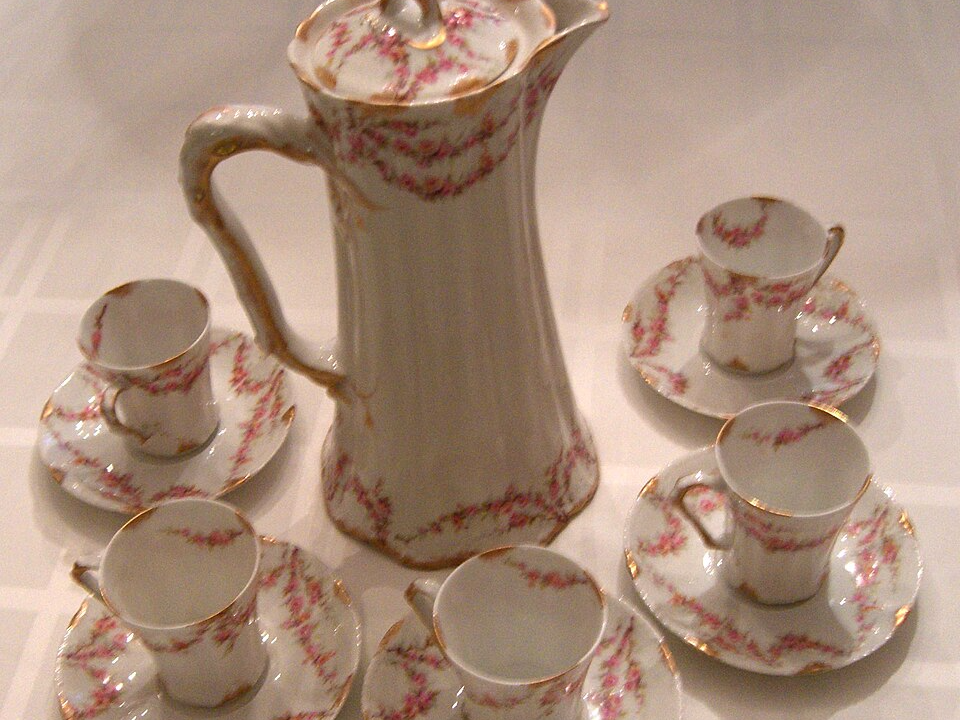
Limoges china is a premium porcelain dishware known for its delicate craftsmanship, fine quality, and luxurious design. Produced in the Limoges region of France, these pieces often feature hand-painted decorations, gold leaf accents, and intricate detailing. Limoges dishware has been associated with aristocratic homes and fine dining since its inception in the 18th century. Items such as plates, cups, and serving bowls from well-known manufacturers like Haviland and Guerin are highly collectible, with collectors focusing on rare patterns and historical pieces.
The value of Limoges china can vary based on brand, age, and design. A standard Limoges dinner plate may sell for $100 to $250, while more elaborate sets or rare items like antique dinnerware or decorative platters can fetch upwards of $500 or more. In some cases, unique, antique pieces can sell for over $1,000 at auction.
Scandinavian Enamelware
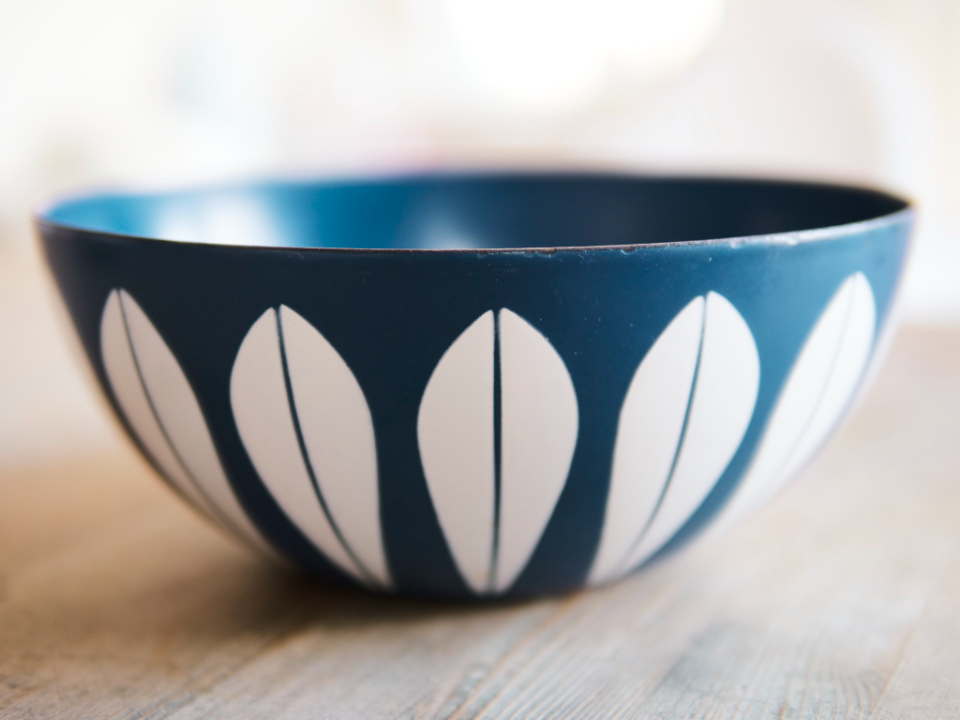
Scandinavian enamelware has experienced a resurgence due to its combination of simplicity, durability, and functional design. Produced in countries like Denmark and Sweden, this dishware is typically made from metal coated with enamel, creating a smooth, glossy finish. These pieces are often recognized for their minimalistic designs, bold color schemes, and practical utility. Popular items include plates, bowls, and mugs, often featuring bright primary colors and geometric patterns that fit well in modern kitchens.
The market for Scandinavian enamelware has grown, with many collectors seeking out vintage pieces from iconic brands like Holmegaard and Artek. Prices can range from $50 for a small dish or mug to $300 or more for complete sets or larger, rarer pieces. The condition and age of the items significantly impact the value, with well-preserved vintage pieces commanding higher prices.
Royal Worcester Porcelain
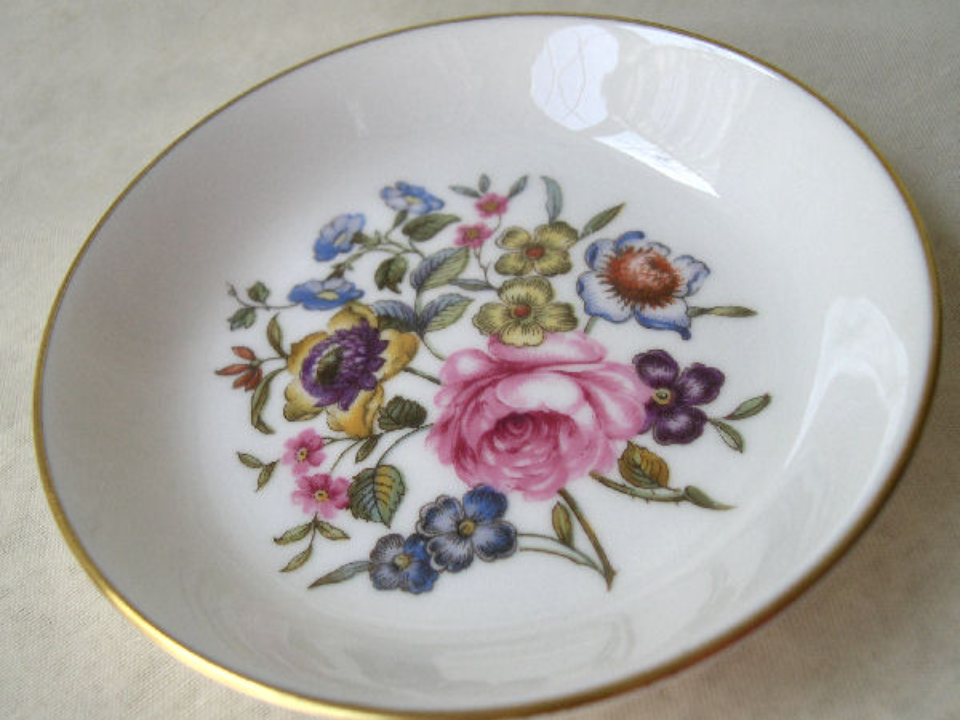
Royal Worcester porcelain is renowned for its elegant designs, sophisticated decorations, and high-quality craftsmanship. Established in 1751, Royal Worcester has been a significant name in the world of porcelain dishware, creating intricate dinnerware that often features floral patterns, gilded edges, and delicate detailing. These pieces are often hand-painted, and collectors often seek out sets that showcase rare designs or unique patterns, such as the “Evesham” or “Blush Ivory” series.
The current market for Royal Worcester porcelain varies depending on the piece. A set of Royal Worcester dinner plates in good condition can sell for $200 to $500, while specialized items like tea sets or limited-edition pieces can reach much higher prices, sometimes over $1,000. Rarer pieces with intricate designs or antique items are the most valuable.
Stoneware Pottery
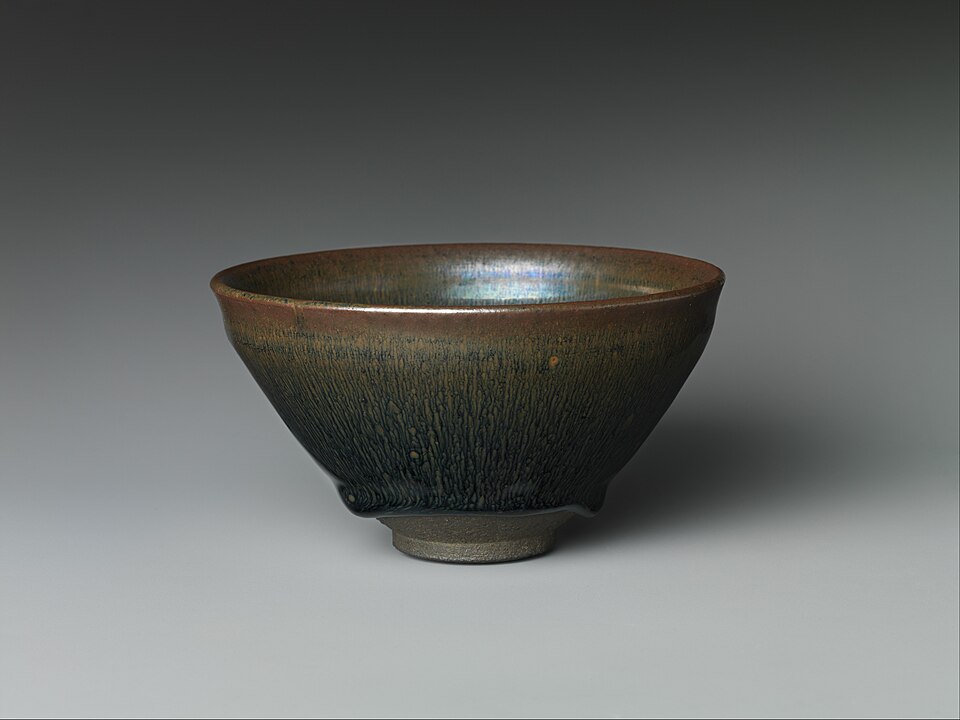
Stoneware pottery has made a strong comeback due to its rustic, handmade appeal and the desire for durable, versatile dishware. Often associated with earthy tones and simple designs, stoneware dishes are perfect for everyday use and offer a timeless, artisanal feel. These pieces are popular for their ability to retain heat, making them ideal for serving warm dishes. Collectors particularly seek out vintage stoneware made by American and European potteries like Robinson Ransbottom and Denby.
Vintage stoneware pottery can range in price from $50 for a small serving dish to $300 or more for a complete set. Items from well-known potteries, particularly those that feature rare patterns or are in excellent condition, can command higher prices, sometimes exceeding $500.
German Meissen Porcelain
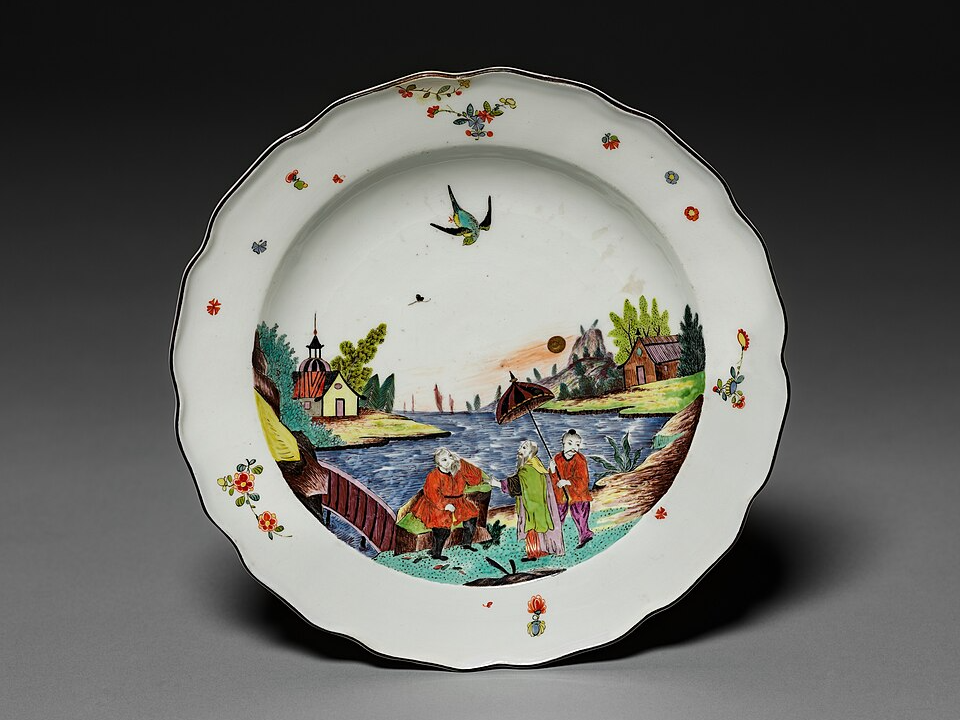
Meissen porcelain is one of the oldest and most renowned porcelain brands in the world, dating back to 1710. Known for its intricate floral patterns, delicate figurines, and fine craftsmanship, Meissen porcelain remains highly sought after by collectors. The brand is especially popular for its figurines and ornate serving sets, which often feature elaborate gold detailing and hand-painted designs. Collectors also appreciate the historical value of these pieces, as they represent a significant part of porcelain history.
Meissen porcelain can be quite valuable, particularly older or rare pieces. A single dinner plate from Meissen might sell for $200 to $400, while more intricate items such as hand-painted figurines or complete dinnerware sets can range from $1,000 to $3,000, depending on condition and rarity.
Danish Royal Copenhagen
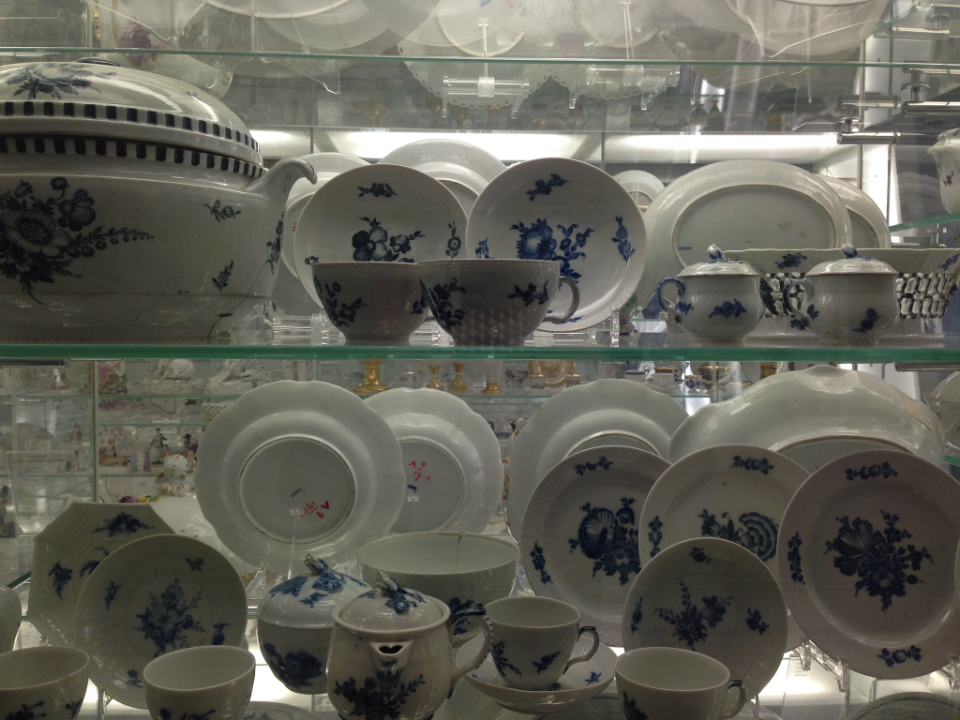
Royal Copenhagen is a prestigious Danish porcelain manufacturer known for its exquisite hand-painted designs and craftsmanship. Established in 1775, Royal Copenhagen is famous for its blue-and-white porcelain, which often features motifs like floral patterns, birds, and scenes from nature. The company’s dinnerware and decorative pieces are highly collectible, with many seeking out items from the “Flora Danica” series, which is regarded as one of the finest examples of porcelain art.
The value of Royal Copenhagen porcelain can vary significantly, with plates and smaller items priced between $100 and $300. Rare pieces, such as limited-edition designs or antique items from earlier centuries, can fetch much higher prices, with some pieces selling for $1,000 or more at auctions.
Portuguese Ceramics
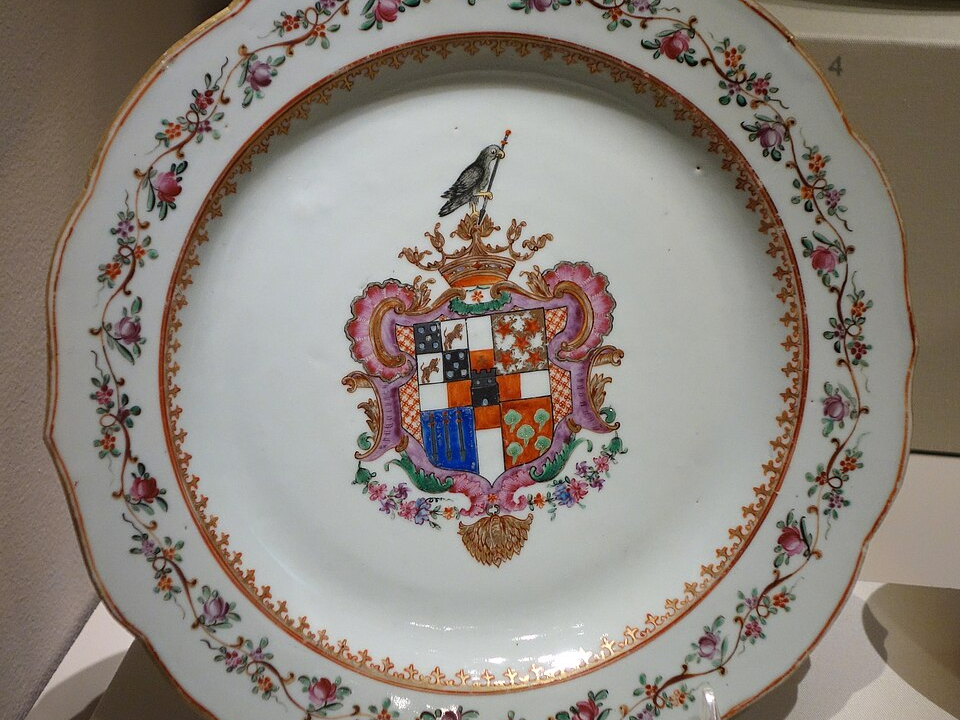
Portuguese ceramics are known for their vibrant colors, intricate patterns, and timeless appeal. These pieces often feature traditional designs, such as floral motifs or depictions of local landscapes, and are made using centuries-old techniques. Collectors appreciate the artistry and cultural significance of Portuguese ceramics, which include everything from dinner plates and bowls to decorative items like vases. The quality of these pieces is a testament to the skill of Portuguese artisans.
The market value for Portuguese ceramics varies based on the item and its condition. Small decorative pieces may range from $50 to $150, while complete dinnerware sets or rare pieces can fetch upwards of $500. Older, hand-painted items from renowned brands like Bordallo Pinheiro can be worth over $1,000.
Mexican Talavera Pottery
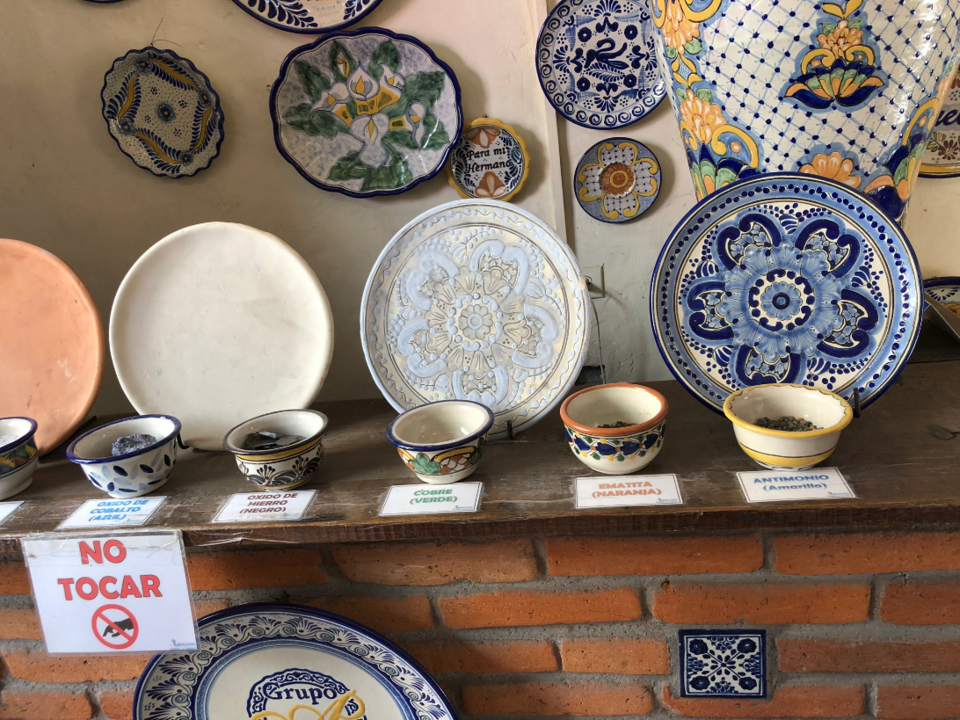
Mexican Talavera pottery is beloved for its bold colors and intricate hand-painted designs, making it a popular choice among collectors. Originating from the Puebla region of Mexico, Talavera pottery is made from traditional clay and glazed with vibrant, multicolored patterns. Items like dinner plates, mugs, and decorative pieces are frequently sought after, especially those with floral designs or rustic, southwestern aesthetics. The pottery’s handmade nature adds to its uniqueness, with no two pieces being exactly the same.
The market value for Talavera pottery can range from $50 to $200 for smaller items like mugs or bowls. Complete sets or larger decorative pieces can be worth more, with prices ranging from $300 to $600, depending on design, condition, and the artist’s reputation.
Italian Ceramic Dishware
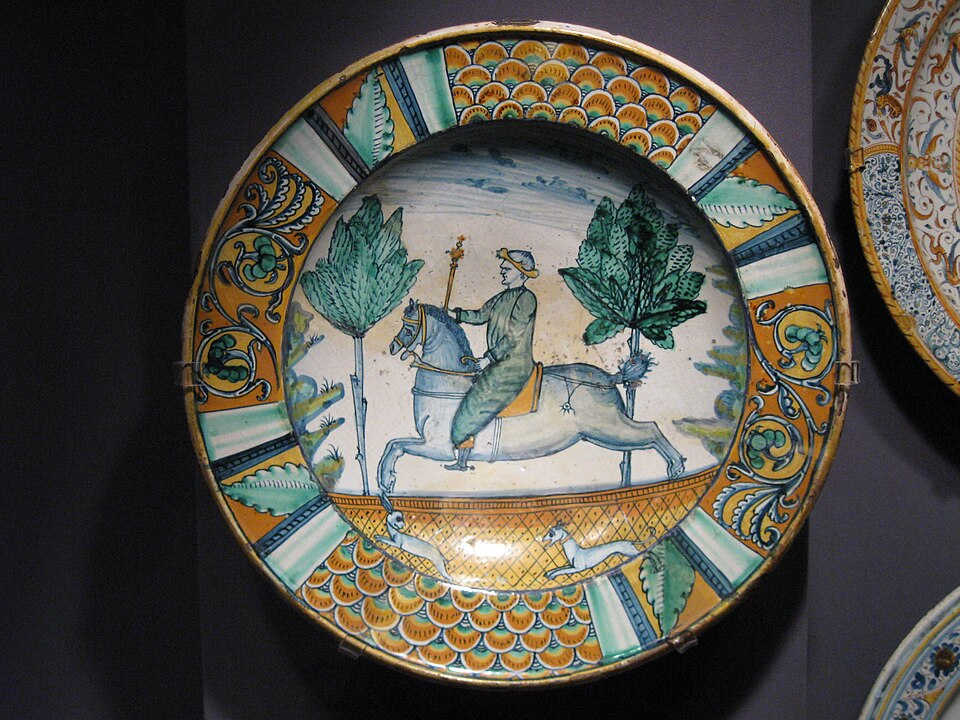
Italian ceramic dishware is renowned for its vibrant colors, artistic designs, and historical significance. Pieces from regions like Tuscany, Umbria, and Sicily often feature intricate patterns and motifs inspired by Italian culture and landscapes. Collectors are especially fond of hand-painted pieces that showcase the skill of Italian artisans, such as dinner plates, bowls, and serving platters. The high-quality craftsmanship combined with the rich cultural heritage makes Italian ceramic dishware a desirable addition to any collection.
The price range for Italian ceramic dishware can vary widely. A single hand-painted plate might be priced at $100 to $300, while larger, more intricate pieces or complete sets can sell for $500 or more. High-end, vintage items, particularly from well-known manufacturers like Deruta or Vietri, can command even higher prices, sometimes reaching over $1,000.
Chinese Export Porcelain
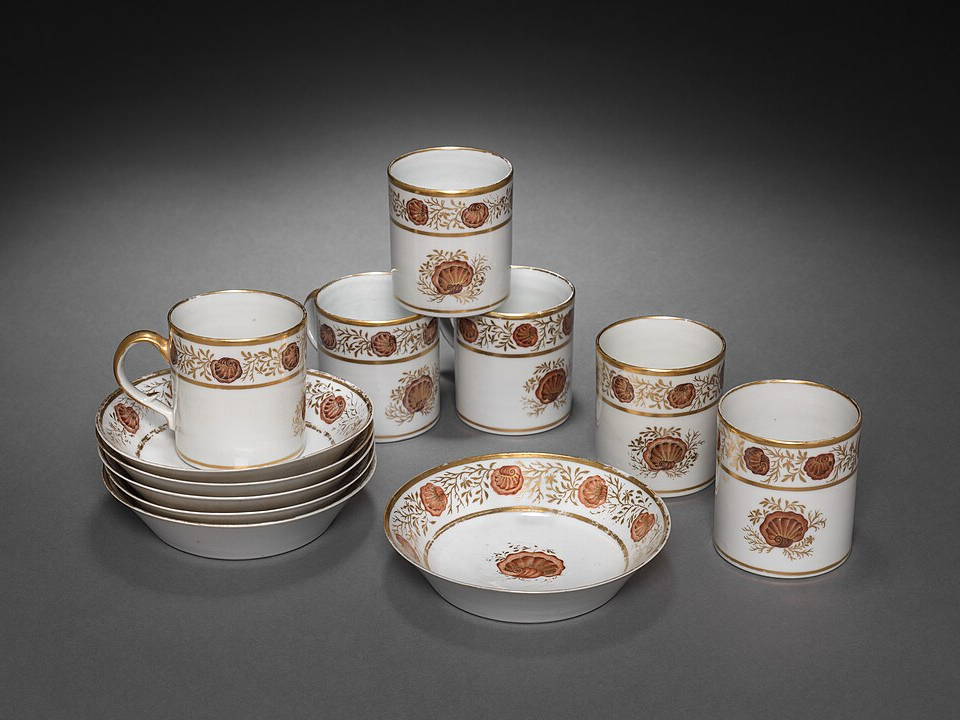
Chinese export porcelain refers to the fine porcelain produced in China and exported to Europe and the Americas during the 17th and 18th centuries. Known for its detailed blue-and-white designs, as well as its delicate yet sturdy construction, Chinese export porcelain is highly valued by collectors. These pieces often depict intricate floral patterns, scenes from daily life, or mythological subjects. Many collectors focus on acquiring pieces from renowned manufacturers or those that have unique designs or historical significance.
Chinese export porcelain can be quite expensive depending on the piece’s age, design, and condition. Smaller items such as tea cups or plates can range from $100 to $500, while larger items, such as vases or serving dishes, can sell for upwards of $1,000. Rare or particularly well-preserved pieces may exceed these prices, with some items reaching several thousand dollars.
This article originally appeared on Avocadu.
